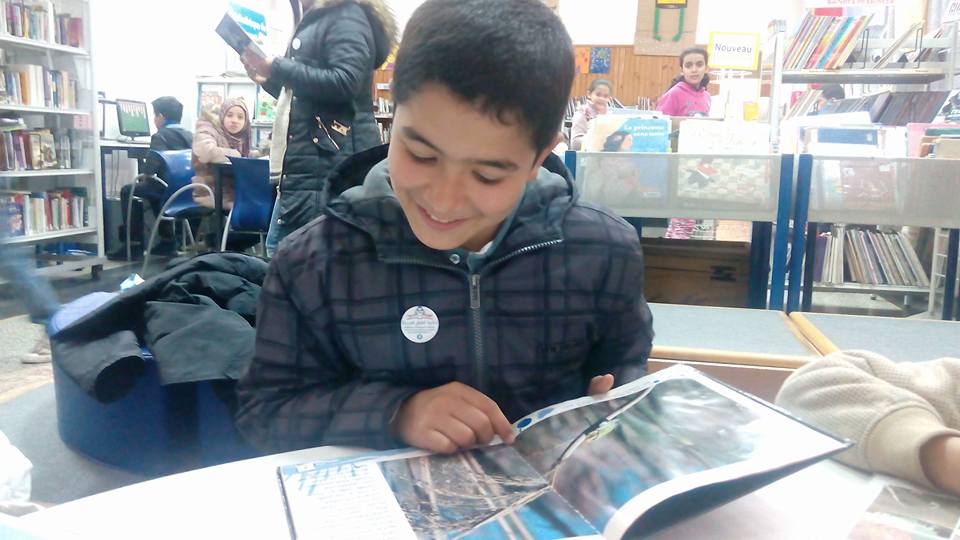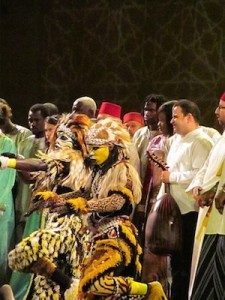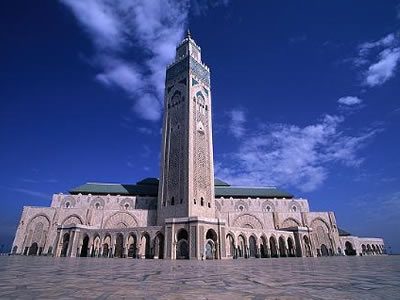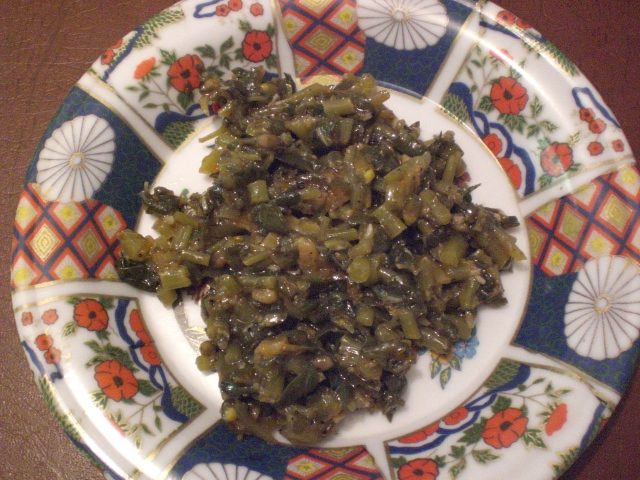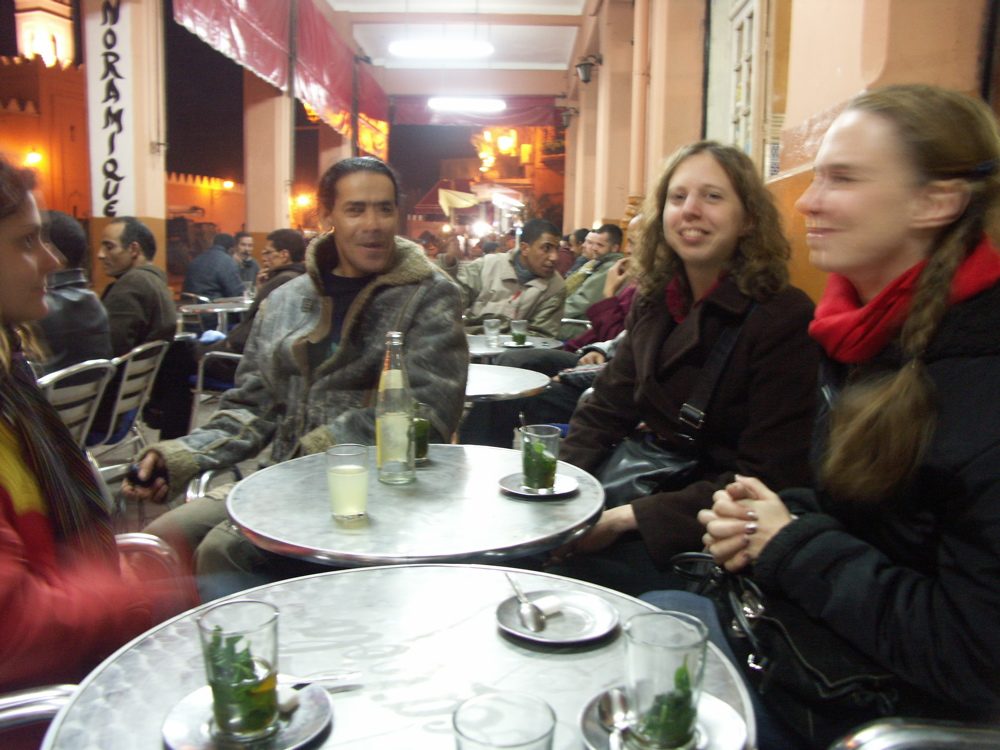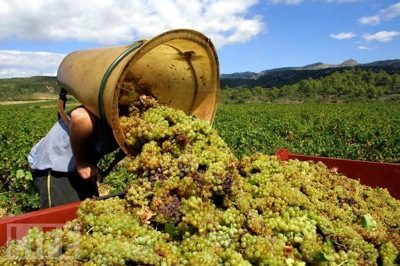UN statistics suggest that average literacy rates in Morocco are as high as 67% (in 2011). However, this figure hides large discrepancies between males and females and between urban and rural populations. Typically, girls in Morocco are less well-educated than boys. Additionally, in rural communities or poorer areas of the medinas, parents may remove children from school at an early age to work or help the family. The Medina Children’s Library in the medieval old city of Fez aims to support children’s learning and make it fun.
Tag: Fez
Ramadan in Morocco and other Islamic countries is an unusual time when in addition to heightened spirituality, a special atmosphere permeates the culture unlike the rest of the year. This is even more true when the month falls outside of the school year, as most of it does this year, 2010. Normal schedules are completely turned around during Ramadan, and people enjoy special foods and family celebration.
Pasha T’hami Glaoui was the most powerful man in Morocco between 1953 and 1956, in addition to being one of the richest men in the world at that time. The title Pasha means Governor. Glaoui was the Pasha of Marrakesh (since 1912), Ouarzazate, and most of the Moroccan south during the time Morocco was under French rule. The most important Kasbahs’ in Morocco that were occupied by the Pacha Glaoui during his reign and are frequented by Moroccan travelers today are Kasbah Taouirt, located in the center of Ouarzazate, Ait Benhaddou, located 15 kilometers outside Ouarzazate and Kasbah Telouet which sits in the village of Telouet nestled outside the Onilla Valley.
Moroccan terjla (the Moroccan Arabic name) is frequently prepared as a side dish, and can be served either hot or cold. Terjla, a succulent plant, known as purslane in English and verdolaga in Spanish, is not only one of the most delicious Moroccan plants, but it is simple to prepare. Being a dark green plant, it is loaded with iron, vitamins, and minerals. It also has a mild lemony flavor. When traveling to Morocco make sure to ask your Moroccan Travel Agency to recommend restaurants or local places where you can taste Moroccan terjla in a traditional restaurant.
Enjoying the ambiance in various Moroccan cities is partly what a trip to Morocco is all about. When traveling to Morocco, make sure to take time out to enjoy Moroccan coffee and the cafe ambiance that each city offers. Marrakech, Tangier, Essaouira and Agadir are known for having the most and the best cafe’s, the best variety of Moroccan Arabic coffee and are spacious, comfortable hotspots for people watching. Moroccan coffee is different from American coffee. The two most commonly-ordered types are black, served in a Moroccan tea glass, and coffee with milk, usually served in a cup, but sometimes in a tea glass.There are several types of coffee with milk. The first is café cassé, which means black coffee broken with a little bit of milk. The other common type is “café nss nss” (no vowel in nss), which means half coffee (made with water) and half milk.
Adopt a Moroccan schedule To Beat the Heat in Morocco During Summer & Other Seasons. Take advantage of the cool early morning hours in Morocco in Summer by taking a mid-moring snack and a late lunch about 1:00 PM. Take a nap in your air-conditioned hotel room or traditional Moroccan Riad, or a dip in the pool. Around 4 PM, have a snack, and head out again around 4:30-5:00 PM. You won’t miss much, because Moroccans tend to lie low during this same time. Enjoy yourself until dark, then head off for dinner around 8-9:00 PM. Take advantage of the Moroccan night life during the cool evening hours if you’re staying in Imperial cities such as Marrakech, Essaouira or Casablanca, all which boast varied restaurants with Moroccan and International cuisine along with entertainment.
Restaurant menus and wine shops in Morocco present travelers with an astounding array of choice in excellent Moroccan wines. But where should the person unfamiliar with Moroccan wines begin? This article will provide a starting point and serve as a Moroccan Wine Guide by recommending some inexpensive good-value Moroccan wines. Morocco has been a leading wine producer and its bold red and white grapes have become popular among the French, Americans and within Modern Moroccan households. When the French colonized Morocco, like the Romans centuries before them, they realized Morocco’s possibility of being a wine country. The French developed Meknès, a Moroccan Imperial City, into a wine region. Today 30,000 acres of land in Morocco contribute to wine production and Morocco sells over 40 million bottles within Morocco and abroad. Moroccan wine is in a state of revival and wine producers are taking advantage of the country’s sunny, mild temperate climate, and high altitudes.

